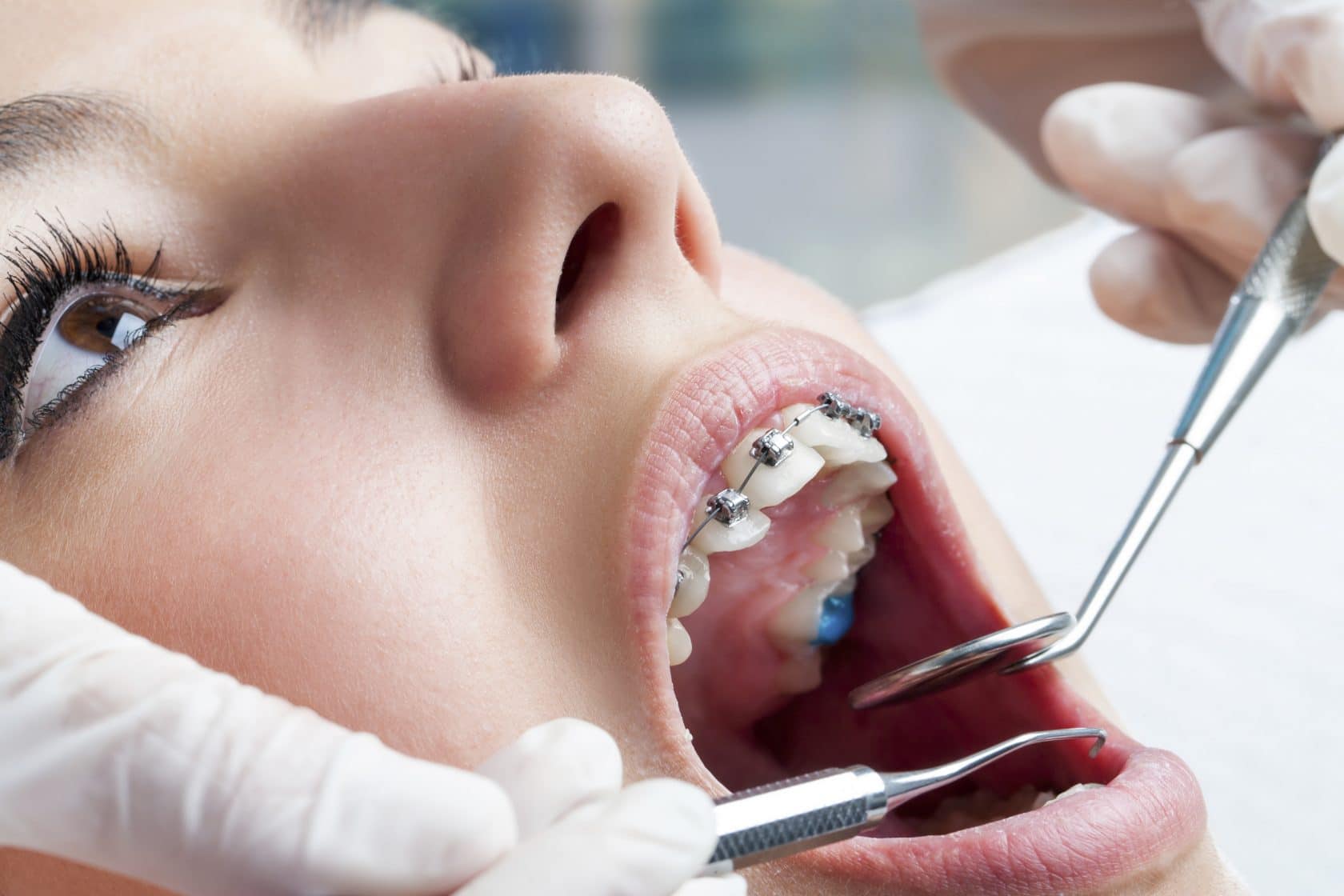Comprehensive Guide to Orthodontics Treatments for Correcting Dental Imbalances
Understanding the complexities of each procedure, including their mechanisms, benefits, and possible downsides, is critical in making educated choices regarding one's orthodontic treatment. As we navigate through the thorough overview to orthodontic treatments for fixing dental imbalances, the complex details of each method will certainly unravel, dropping light on the path towards a functional and harmonious oral positioning.
Orthodontic Procedures Summary

In addition to clear aligners and traditional braces, orthodontists might likewise recommend other treatments like headgear, palatal expanders, or retainers to address certain alignment concerns (orthodontist). These treatments are customized to every person's distinct demands and may entail a combination of treatments to attain the preferred outcomes. Regular changes and monitoring are vital parts of orthodontic therapy to make certain development gets on track and to make any kind of necessary adjustments along the means. By undergoing orthodontic procedures, people can not just achieve a straighter smile yet also boost their overall dental wellness and function.
Traditional Braces: How They Work
When considering orthodontic therapies for dental misalignments, typical braces stand out as a reliable technique for fixing teeth placing. Conventional braces are composed of brackets, cords, and bands that collaborate to apply continual stress on the teeth, gradually relocating them into the wanted positioning. The braces are affixed to the teeth using an unique adhesive, and the wires are threaded via the brackets. By readjusting the tension of the wires, orthodontists can manage the instructions and force related to each tooth, directing them right into proper placement in time.
As stress is used to the teeth via the dental braces, the bone surrounding the teeth is reshaped to support the new tooth settings. Individuals will certainly require normal changes at the orthodontist's office to ensure the braces continue to apply the appropriate pressure for reliable teeth motion.
Unseen Aligners: Pros and Disadvantages
These clear, custom-made trays are essentially unnoticeable when worn, making them an enticing option for people seeking a more cosmetically pleasing orthodontic treatment. People can eliminate the aligners before consuming or brushing their teeth, lowering the danger of food obtaining stuck in the home appliance and simplifying the cleansing process.

Surgical Orthodontic Options
Surgical interventions in orthodontics present feasible choices for resolving intricate oral imbalances that might not be properly settled through conventional orthodontic therapies. While traditional braces and invisible aligners can deal with several orthodontic concerns, particular instances need surgical intervention to achieve optimal click to read results. Surgical orthodontic alternatives are commonly advised for extreme malocclusions, considerable jaw inconsistencies, and cases where the underlying bone structure requires adjustment to accomplish proper alignment.
One usual medical orthodontic procedure is orthognathic surgery, which entails repositioning the jaws to correct useful problems such as difficulty eating or dentist occupation talking. This surgical treatment is typically performed in cooperation with an orthodontist who helps straighten the teeth before and after the treatment. Surgical orthodontics may also entail procedures to reveal affected teeth, remove excess periodontal tissue, or improve the jawbone to create an extra harmonious face profile.
Prior to considering medical orthodontic choices, people go through a comprehensive examination to determine the need and potential advantages of such interventions. cumming aligners. While surgical treatment might seem daunting, it can dramatically improve both the feature and visual appeals of the smile in situations where conventional orthodontic treatments drop short
Retainers and Post-Treatment Treatment

Post-treatment care involves complying with the orthodontist's guidelines diligently. This may include appropriate dental health practices, going to follow-up visits, and putting on the retainers as prescribed. Failure to adhere to post-treatment care directions can lead to regression, where the teeth progressively move back towards their original positions. Constant retainer wear, great oral health, and routine oral exams are crucial for maintaining the results accomplished with orthodontic surgical treatment and making sure the lasting security of the dealt with oral placement.
Verdict
Finally, orthodontic procedures provide various options for browse around this web-site dealing with oral misalignments. Conventional braces make use of steel brackets and wires to move teeth into proper placement. Undetectable aligners offer an even more very discreet alternative but might not appropriate for all cases. Surgical orthodontic alternatives are offered for much more extreme imbalances. Retainers are typically made use of post-treatment to keep the new positioning. On the whole, orthodontic treatments can efficiently boost dental wellness and visual appearance.
As we browse through the detailed overview to orthodontic procedures for remedying oral misalignments, the detailed details of each technique will certainly unfold, dropping light on the course toward a harmonious and useful oral placement. - cumming aligners
One of the most typical orthodontic therapies is the usage of braces, which consist of metal braces and cords that apply gentle stress to progressively shift teeth into the preferred placement.When taking into consideration orthodontic treatments for dental imbalances, typical dental braces stand out as a time-tested method for remedying teeth placing. In addition, unnoticeable aligners may not be ideal for intricate orthodontic concerns that require more considerable teeth motion, as they are commonly recommended for mild to moderate cases. Retainers are customized orthodontic gadgets developed to hold teeth in their remedied settings after the completion of orthodontic treatment.